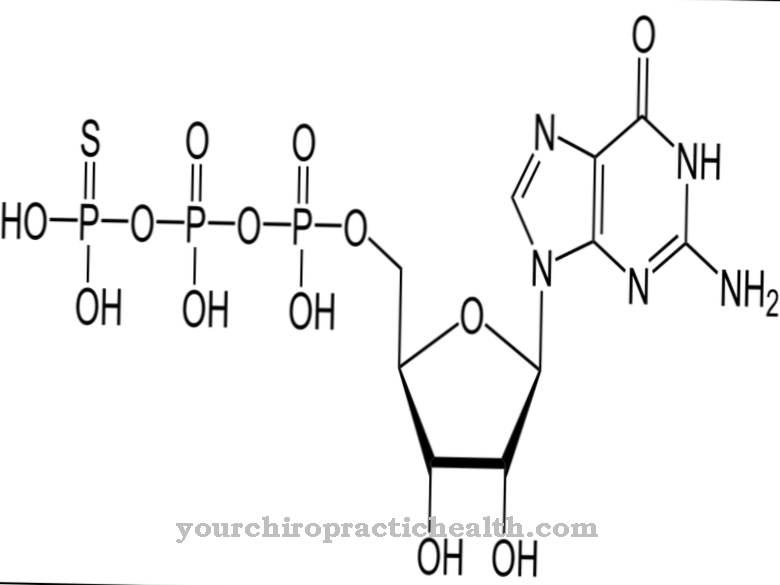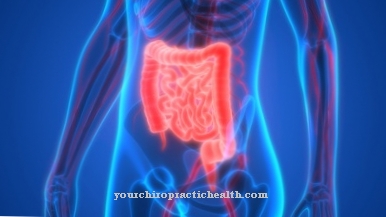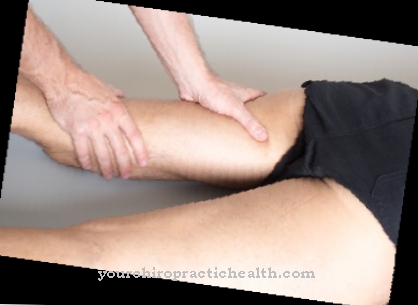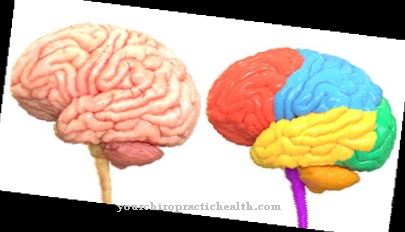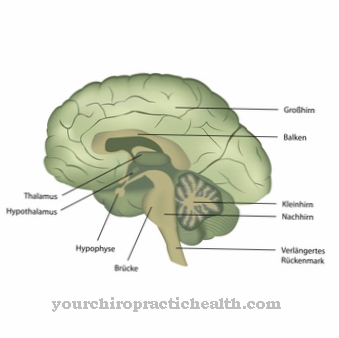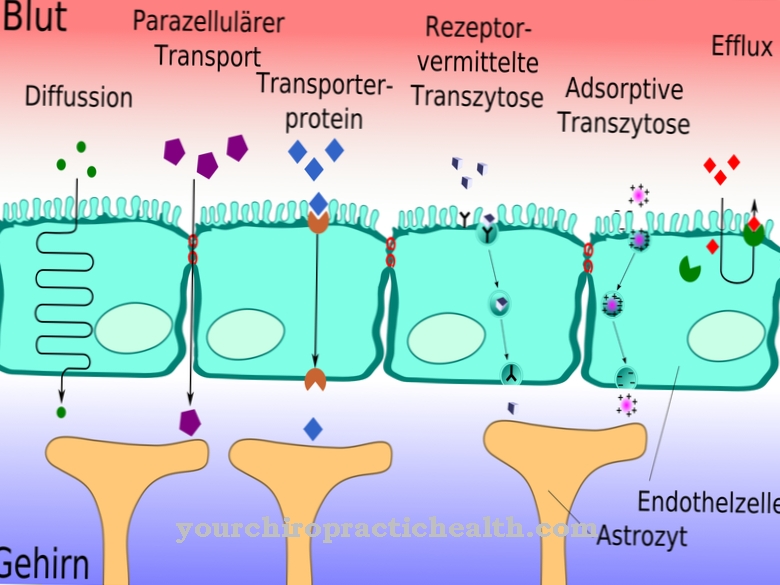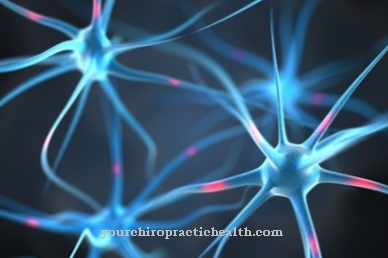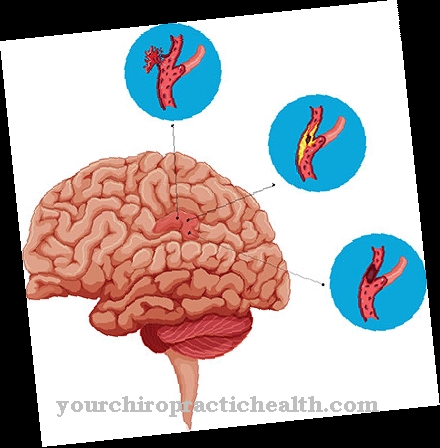Antiseptics are used in medicine to, for example, disinfect wounds and thus prevent the development of sepsis (blood poisoning). These are chemical substances that can be produced on different bases.
What is antiseptic?

Under the term Antiseptics Healthcare professionals understand a chemical that is used to disinfect a wound. Antiseptics must meet high requirements in order to kill the respective pathogens promptly.
In this way, infections of the affected area and, as a result, the entire organism can be prevented. Antiseptics are administered externally, i.e. applied externally to a wound or a specific part of the body. In contrast to antibiotics, for example, they work precisely, i.e. that is, their effect is limited to the actual site of administration.
Antiseptics are used against various pathogens such as bacteria or fungi and can be based on different chemical substances.
Medical application, effect & use
Be in medicine Antiseptics mostly used to disinfect wounds. In the case of open wounds, there is a risk of invading pathogens causing sepsis (blood poisoning). This is a violent inflammation of the organism as a result of infection with bacteria or fungi.
In the worst case, sepsis can be fatal. Treating a wound with antiseptics kills the pathogens before they can spread. This killing occurs, for example, by destroying the protein compounds in the pathogens, reducing their surface tension or acting directly on the pathogen's metabolism. As a result, the bacteria or fungi cannot spread and eventually die without causing major damage to the person's body.
In order to be able to have a really targeted effect, antiseptics have to meet high requirements. So it is necessary that they can kill the respective germs quickly and reliably without harming the person concerned. Great importance is attached to good tissue compatibility. The risk of an allergic reaction should also be kept relatively low. A large spectrum of activity is also advantageous so that the antiseptic can be used against various pathogens and thus act as reliably as possible.
Herbal, Natural & Pharmaceutical Antiseptics
Antiseptics can be based on different chemical substances. Various alcohols such as ethanol or hexanol are very suitable to be used for wound disinfection and the killing of pathogens.
To do this, they are diluted with water, because the optimum effect for alcohols is 70 - 80%. They are also often used in medicine to disinfect the hands. Alcohols can also be combined with iodine and then used as antiseptics. The resulting tincture of iodine is often used to disinfect areas of the body prior to surgery. The treatment of (smaller) wounds is also reliably possible.
So-called halogenated compounds such as chlorhexidine are used in particular in dentistry because they can exist there for a long time, but do not penetrate the oral mucous membranes. Triclosan is one of the particularly strong bacteria inhibitors and, in addition to its application in dentistry, is often used to disinfect practice and clinic rooms and thus prevent the spread of diseases.
In some cases, mercury compounds such as thiomersal are also used as antiseptics. However, some of these products have now been banned in Germany because a high mercury content can have a toxic effect if the substance gets into the body.
Risks & side effects
Antiseptics are intended to prevent the spread of germs. They have to be applied directly to the skin in order to be able to develop their effect there. It is not uncommon for reactions to occur in the affected parts of the body.
For example, alcohols are known to cause a burning sensation on contact with the skin, which can be very painful, especially in the case of an open wound. Under certain circumstances, allergic reactions to one or more of the components contained in the antiseptic may occur in individual cases.
The pungent smell that many antiseptics give off is found unpleasant by many people. Frequent use of antiseptic substances can damage the skin's natural fat layer.


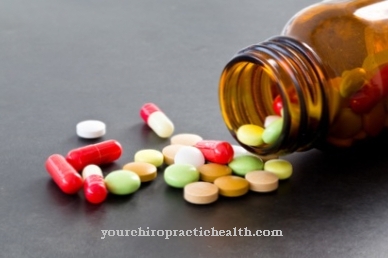
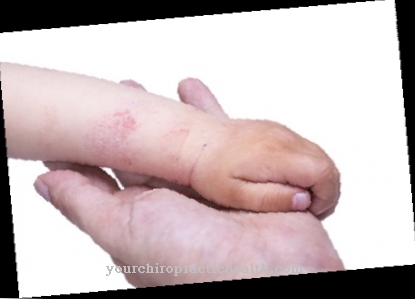

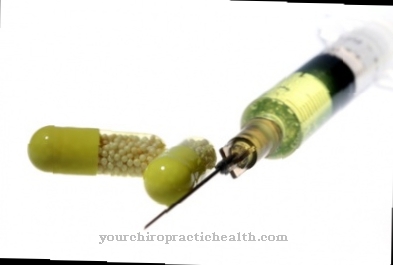




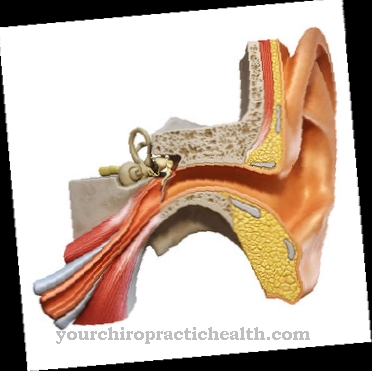
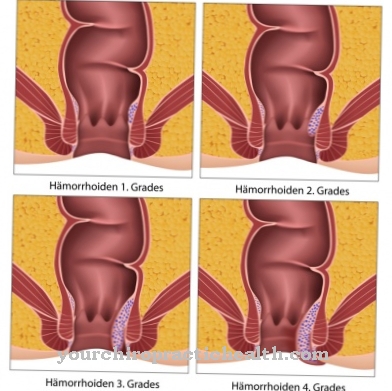


.jpg)
